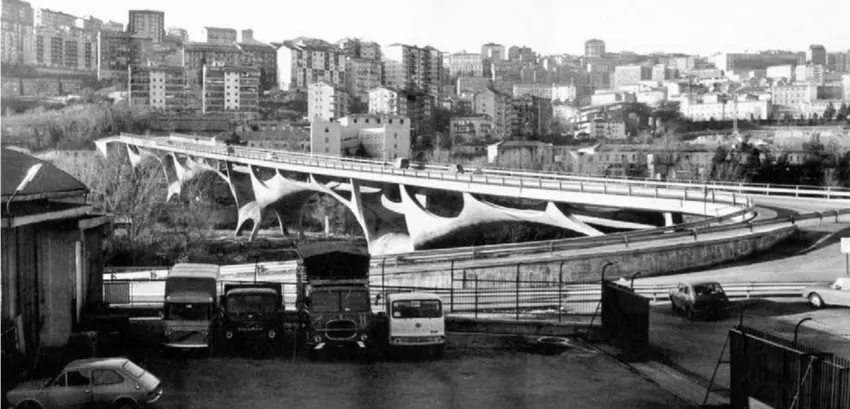
Cover: Musmeci's Basento Bridge, 1967-75 [Archive of Sergio Musmeci and Zenaide Zanini, MAXXI Rome]
In the city of Potenza, Italy, spanning the Basento River like a ribbon of frozen motion, stands one of the most enigmatic bridges of the twentieth century. Known as the Musmeci Bridge or Viadotto Basento, this structure is not only an engineering marvel but also a poetic gesture in concrete. Unlike most bridges that express clarity through beams and piers, this one flows. It undulates, folds, and stretches as if sculpted by natural forces rather than human intention. Designed by structural visionary Sergio Musmeci and completed in 1976, the bridge remains an essential study for architects and engineers seeking to blend technical mastery with spatial elegance.
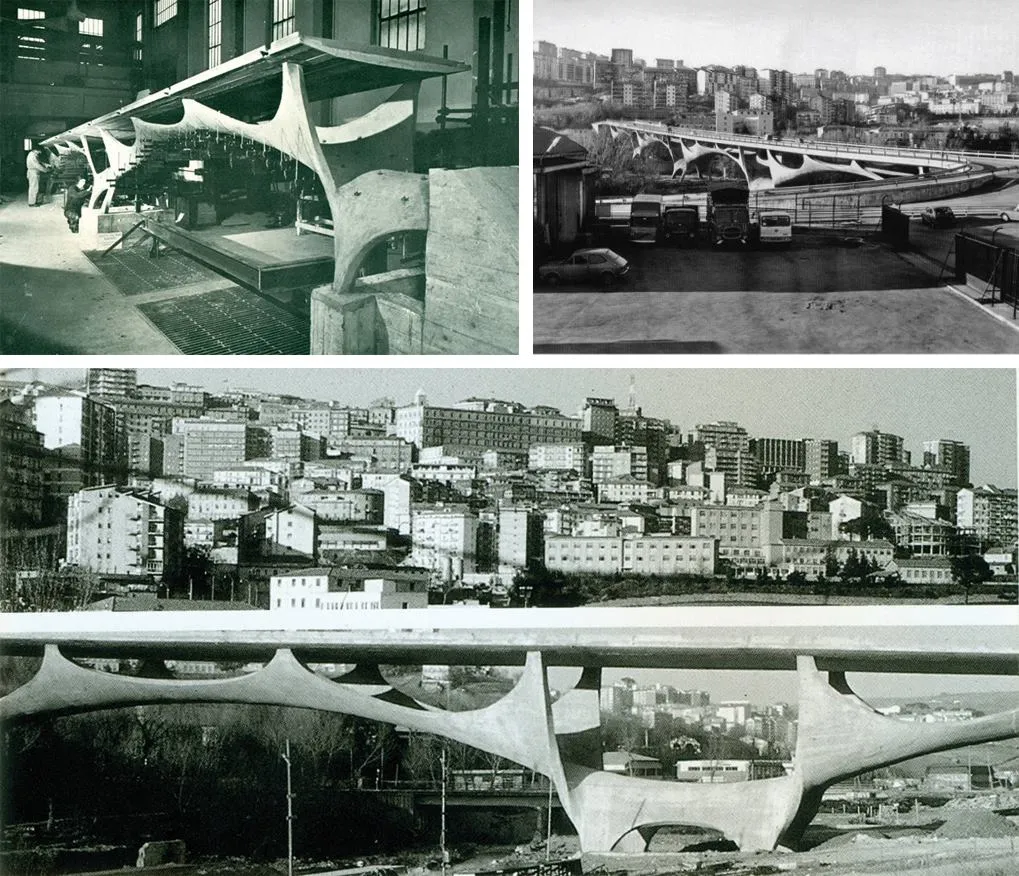
What makes the Musmeci Bridge so striking is not just its visual grace, but the way its form emerges from a deep dialogue between material behavior and structural logic. Musmeci, who was both an engineer and a thinker, envisioned a structure that was not imposed upon space but born from it. He rejected the idea of building as assembly and instead pursued a continuous form, one that performed structurally and spatially as a single, seamless gesture. In an era dominated by rationalism and prefabrication, his approach was not only avant-garde, it was defiant.
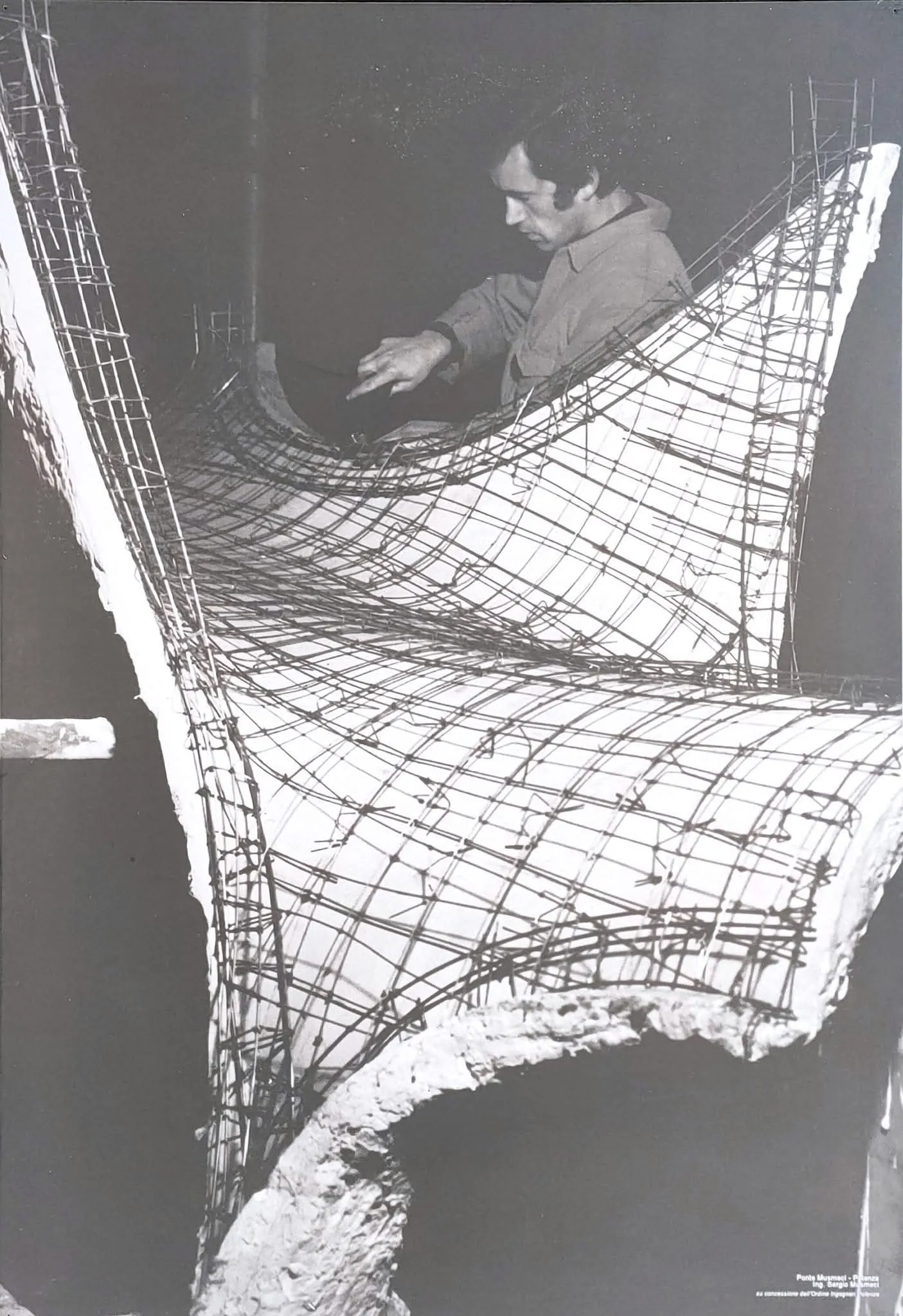
For architects and designers today, the Musmeci Bridge represents far more than a historic curiosity. It is a masterclass in form-finding, minimal surface design, and the performative use of material. In a world rediscovering the value of biomimicry, generative design, and structural optimization, the lessons embedded in this bridge are more relevant than ever. It teaches how engineering and architecture can become one language, fluid, continuous, and deeply integrated.
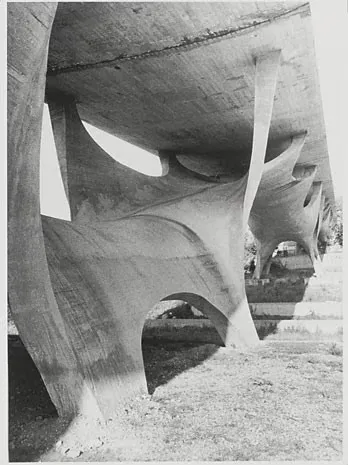
Technically speaking, the Musmeci Bridge is composed of a single reinforced concrete membrane, just 30 centimeters thick, which folds and curves across its 300-meter span. It rests on only four support points, creating a dramatic interplay of compression and tension throughout the structure. The surface forms natural pathways for pedestrians and vehicles, integrated into the topography of the bridge itself without requiring additional structural elements.
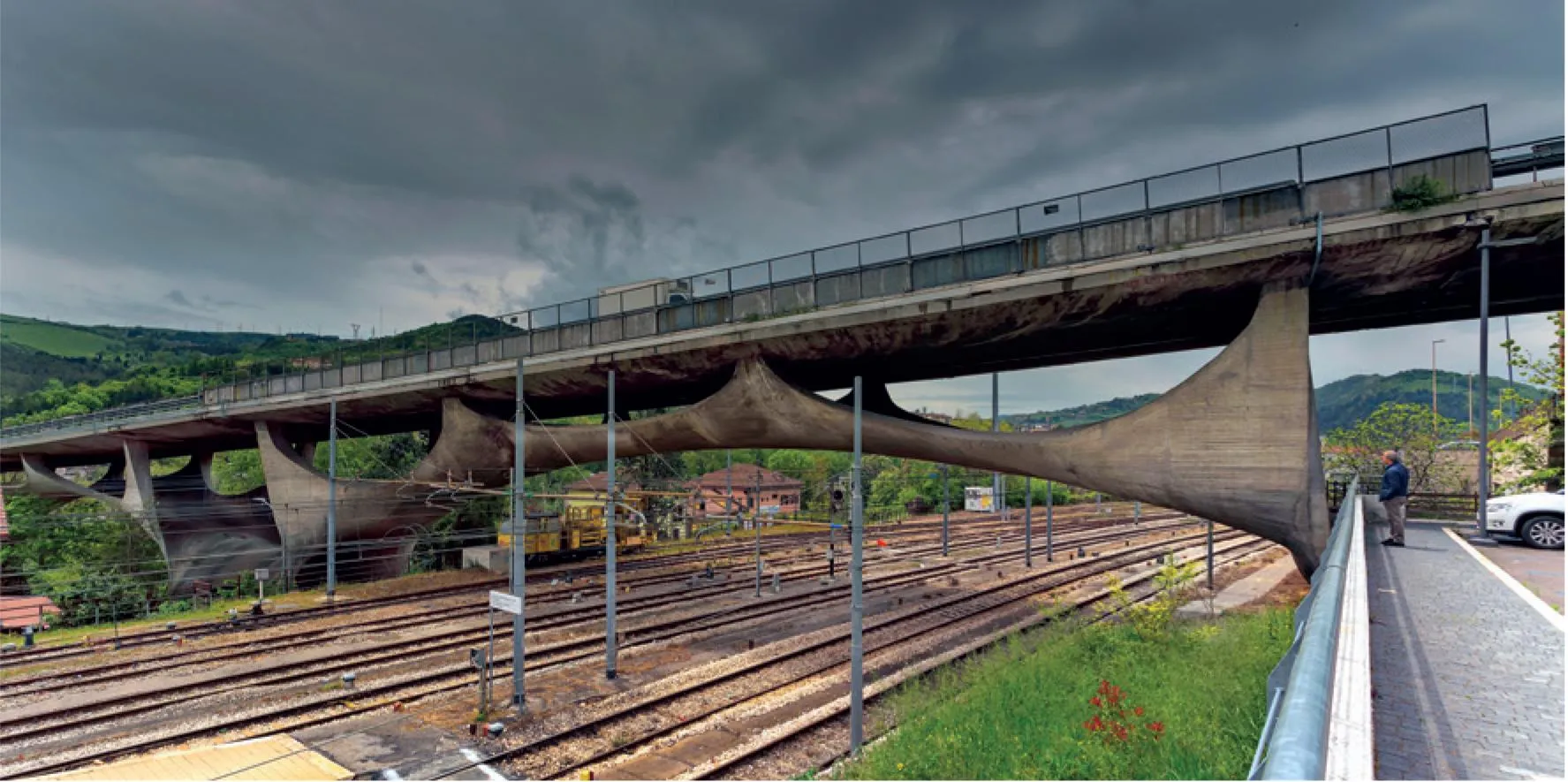
The geometry was derived through a process of form-finding, a method in which the final shape is discovered rather than drawn. Musmeci’s team used physical models, hanging chains, and soap film analogues to simulate how a surface could achieve equilibrium under natural forces. These models were inverted, scaled, and transformed into construction drawings, resulting in a form that behaves structurally like a minimal surface. In this way, the bridge is not simply a design, but a discovered shape, one that reflects the path of least resistance.
This process, rooted in analog experimentation, prefigured the digital workflows we see today in parametric modeling and structural simulation. Tools like Rhino, Grasshopper, and Kangaroo Physics now allow architects to explore similar design logics in the digital realm. But Musmeci did it all by hand, proving that intuition, mathematics, and physical modeling can yield outcomes as precise and efficient as today’s most advanced computational tools.

Perhaps the most remarkable aspect of the Musmeci Bridge is its structural efficiency. The concrete shell does not perform through mass but through geometry. It eliminates the need for piers, beams, or separate decks. The entire bridge becomes a self-supporting system where forces flow through the surface in a continuous manner. This method significantly reduces the amount of material used without sacrificing stability.
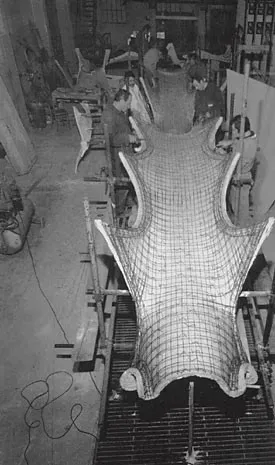
Moreover, the bridge integrates multiple functions into a single system. It supports both vehicular and pedestrian traffic while also creating shaded spaces beneath its folds. It becomes not just infrastructure but spatial experience. This idea of multifunctional form, where structure, program, and aesthetics coalesce, is a concept gaining traction in contemporary architecture, particularly in the context of sustainability and circular design thinking.
In an era facing rising material costs and increasing environmental pressures, the Musmeci Bridge offers a valuable blueprint: structure can be elegant, minimal, and multi-purpose without compromise. It pushes us to consider how form can follow force instead of just function or fashion.
What makes Musmeci’s work timeless is that it anticipates the ethos of today’s computational design practices. His commitment to form-finding aligns with current digital workflows in generative design, where algorithms simulate physical forces to optimize geometry and form. He also embraced the idea that the best structural solutions are often the most beautiful ones, where aesthetics emerge naturally from performance.
.webp)
Contemporary projects, such as the ICD/ITKE research pavilions in Stuttgart or Zaha Hadid’s curvilinear forms, continue to explore the principles Musmeci pioneered. But the difference is that he achieved these outcomes without digital assistance. His process relied on deep structural insight, hands-on experimentation, and a willingness to let the material lead the way.
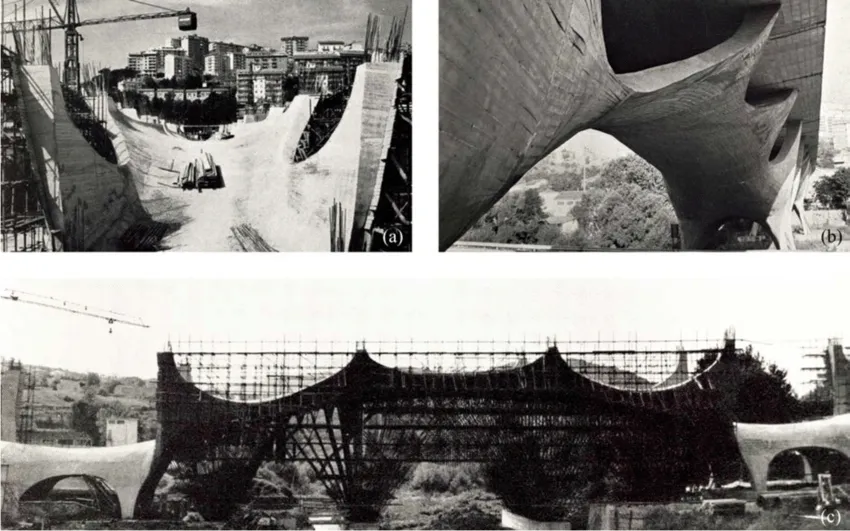
For architects and engineers working in today’s digital paradigm, Musmeci’s bridge is a reminder not to let technology overshadow intuition. It teaches that performance-driven design is not new, and it has simply evolved in form. The bridge encourages designers to explore how forces shape form, how materials want to behave, and how structure can become space.
The Musmeci Bridge stands not just as a piece of infrastructure, but as a manifesto. It speaks to a world where architecture and engineering are no longer separate domains but parts of a unified process. It demonstrates how beauty can emerge from logic, how form can be discovered rather than imposed, and how a single surface can convey not just weight, but meaning.

In an era when architects are revisiting ideas of material efficiency, organic form, and integrated systems, Musmeci’s bridge is more than a historical landmark. It is a living lesson. For the digital generation of designers, it is both a benchmark and an inspiration, a call to reimagine what it means to build with purpose, poetry, and precision.
For those exploring structural minimalism, parametric design, and spatial innovation, Musmeci’s Viadotto Basento remains a bridge worth crossing.
You must be logged in to comment.